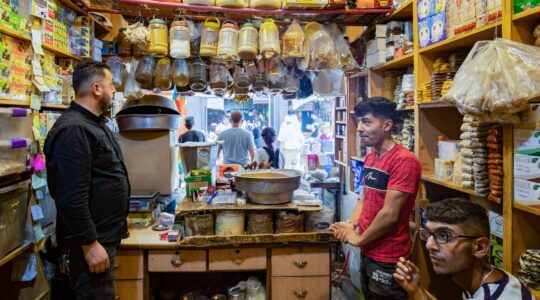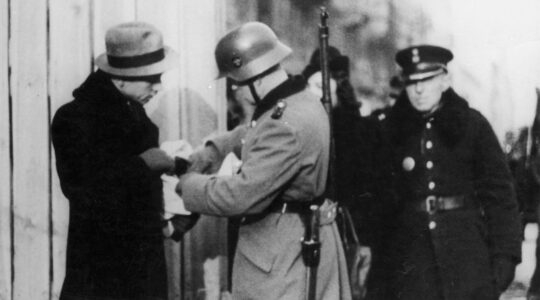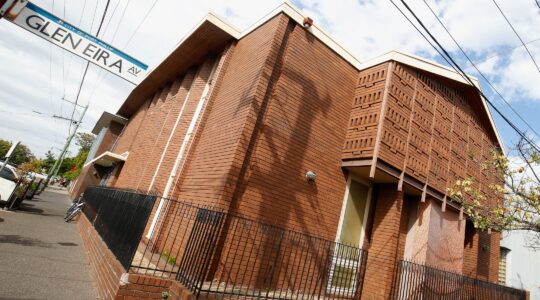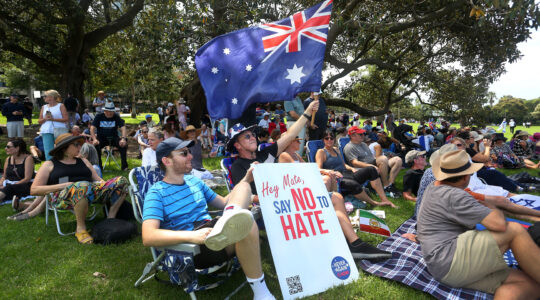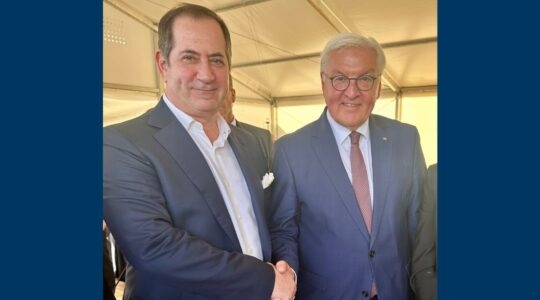WARSAW, Poland (JTA) – Joining Holocaust survivors and international representatives, the presidents of Poland and Israel officially opened the core exhibit of the Polin Museum of the History of Polish Jews.
“It is not a museum of the Holocaust, it is a museum of life,” Israel’s president, Reuven Rivlin, said Tuesday at the official opening ceremony of the more than $100 million museum in Warsaw.
The museum, housed in a glass-walled building that was inaugurated last year, stands on the site of the World War II Warsaw Ghetto. It faces the monument to the ghetto heroes that was erected in 1948 atop the rubble left when the Nazis crushed the 1943 ghetto uprising.
Rivlin, who was making his first foreign trip since his election this summer, and Polish President Bronislaw Komorowski laid wreaths on the monument at the start of the ceremony.
Komorowski, like Rivlin, said the museum offered hope for the future.
“It is truly special to take part in the making of history, as we are not just connecting with the centuries-long Polish-Jewish relationship, but also providing a stimulus for the future of Polish-Jewish and Polish-Israeli relations,” he said.
The museum was built as a public-private institution, with the Polish government and the city of Warsaw providing $60 million for construction of the building and more than 500 private and institutional donors, many of them Jewish, contributing $48 million for the core exhibition itself.
The core exhibit uses state-of-the-art technology and installations to narrate 1,000 years of Polish-Jewish history, from the early Middle Ages to the present. Its eight thematic and chronological galleries detail flourishing Jewish life over the centuries as well as persecution, contrasting grand historic events with everyday encounters.
Before the Holocaust, some 3.3 million Jews lived in Polish lands. Some 3 million were killed in ghettos and Nazi death camps; thousands of survivors fled postwar anti-Semitism, making Poland the world’s large Jewish graveyard.
The past 25 years have seen a revival of Jewish life, culture and identity, but the Jewish population today is estimated at only 15,000 to 20,000.
“We are here!” said Auschwitz survivor Marian Turski, chairman of the Council of the Jewish Historical Institute, one of the institutional founders of the museum. “That is the message: We are here!”
JTA has documented Jewish history in real-time for over a century. Keep our journalism strong by joining us in supporting independent, award-winning reporting.
